I’m finally starting to believe that, eventually, these piles of snow will recede – we have a long way to go here in New England, but every day of runoff-wet roads lifts my winter-weary spirits. I’ve even started to plan for new plantings.
I’m hoping to add interest and variation to my garden-fresh bouquets, and a whole variety of new shrubs by Proven Winners are catching my eye.
Except for the Sugar Shack Buttonbush (Cephalanthus occidentalis) – which I planted last year and am hoping it has survived – all are new introductions that will make their way to garden centers in small pots this year (look for them via mail order too) and in bigger pots next year.
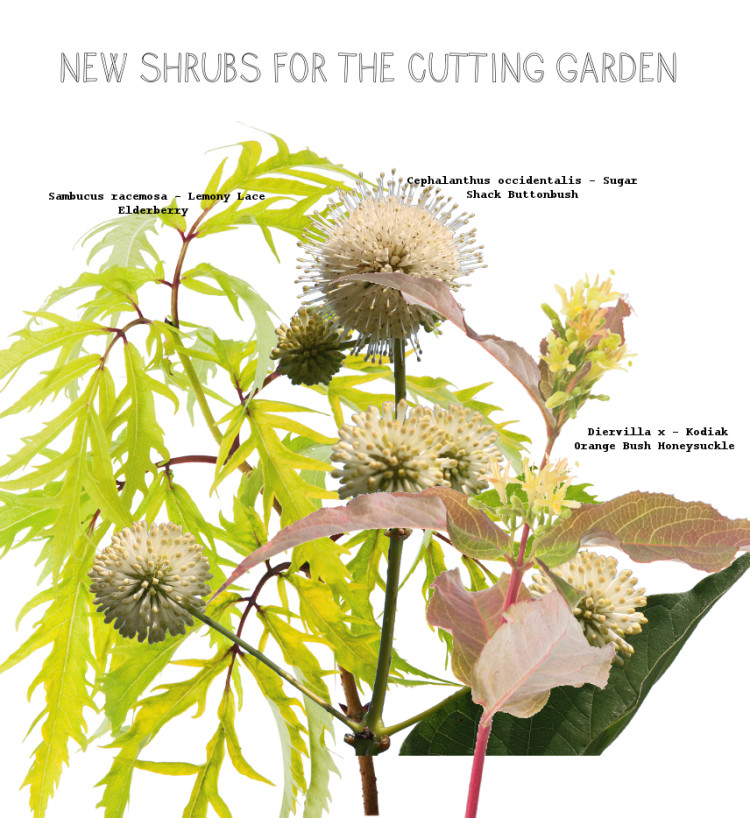
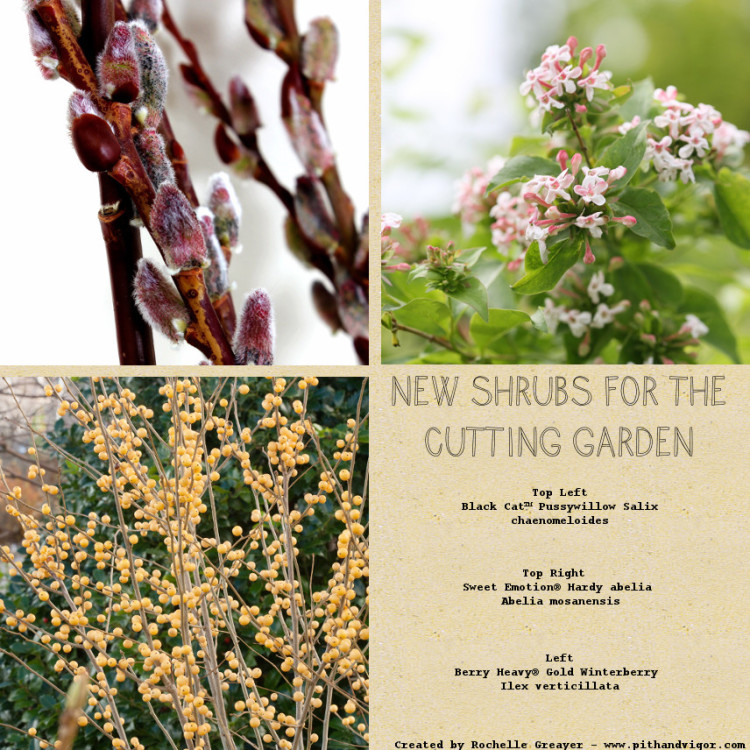
I look for things like texture and shape (in the form of berries, buds, leaf shape and blooms), color through all seasons, and fragrance when I think about plants that will serve the dual purpose of adding to the garden and beautifying an arrangement. This collection of shrubs will pair beautifully with the hydrangeas, peonies, dahlias and other blossoms that I already grow to make arrangments that are entirely different from what I can buy at the flower market (which is exactly what I want). My spring fever is swelling – and I’m really looking forward to trying out these new additions!
Plant List:
- Berry Heavy® Gold Winterberry Ilex verticillata
- Black Cat™ Pussywillow Salix chaenomeloides
- Lemony Lace Elderbrry Sambucus racemosa
- Sweet Emotion™ Hardy abelia Abelia mosanensis
- Kodiak™ Orange Bush Honeysuckle Diervilla
- Sugar Shack® Buttonbush Cephalanthus occidentalis
An Update on these Shrubs from 10 years later
It is the summer of 2024 and I was looking for this post to figure out how long ago it was that I planted my Berry Heavy Gold winterberry shrubs. (the answer is 9 years). But 9 years on – they are amazing – I wrote a whole post about them. I want more and highly recommend you get some for yourself. Invest in bigger plants, though – so you can get to the good part sooner.
Nine years ago, I was planting tiny babies – shrubs that came in 4in pots (this isn’t what you will ever find retail). So don’t misjudge the results of their growth based on this data – 4in shubs are a little on the small side, and sometimes, with really small plants, you have to expect that they will not have the strength to settle in unless they are very coddled for a while.
And to be clear, I am not a plant coddler.
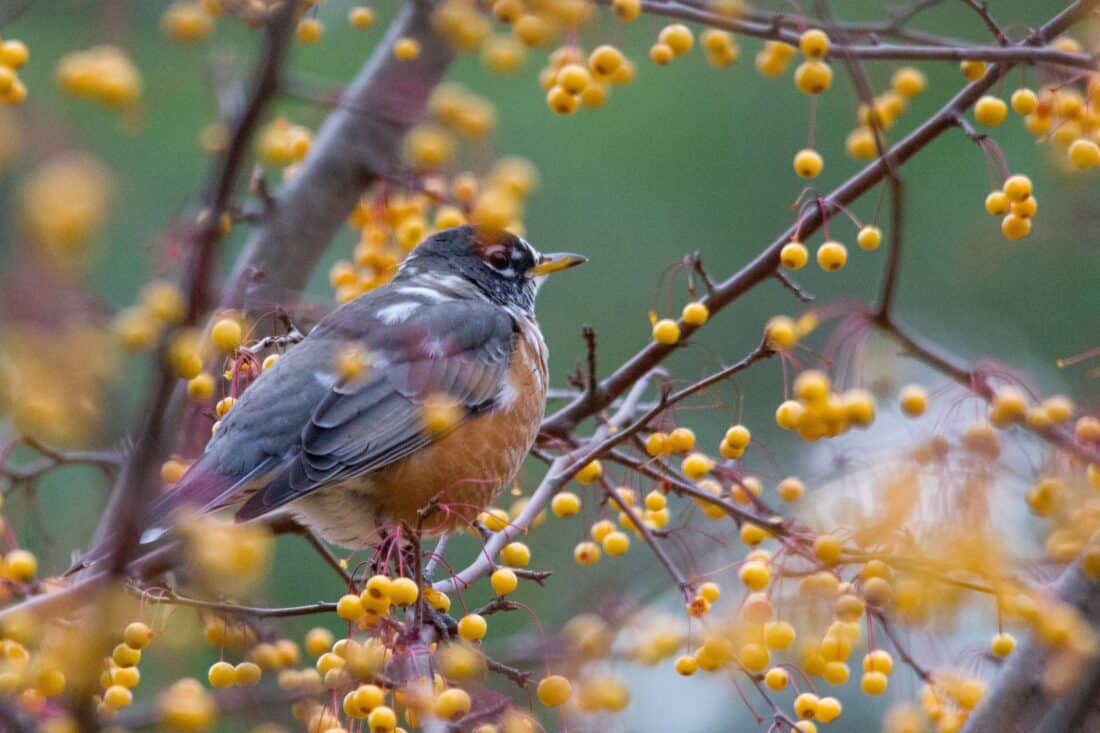
Berry Heavy Gold Winterberry – Ilex vertillicata
Berry Heavy® Gold Winterberry Ilex verticillata – So Great!!! – go read the full post.
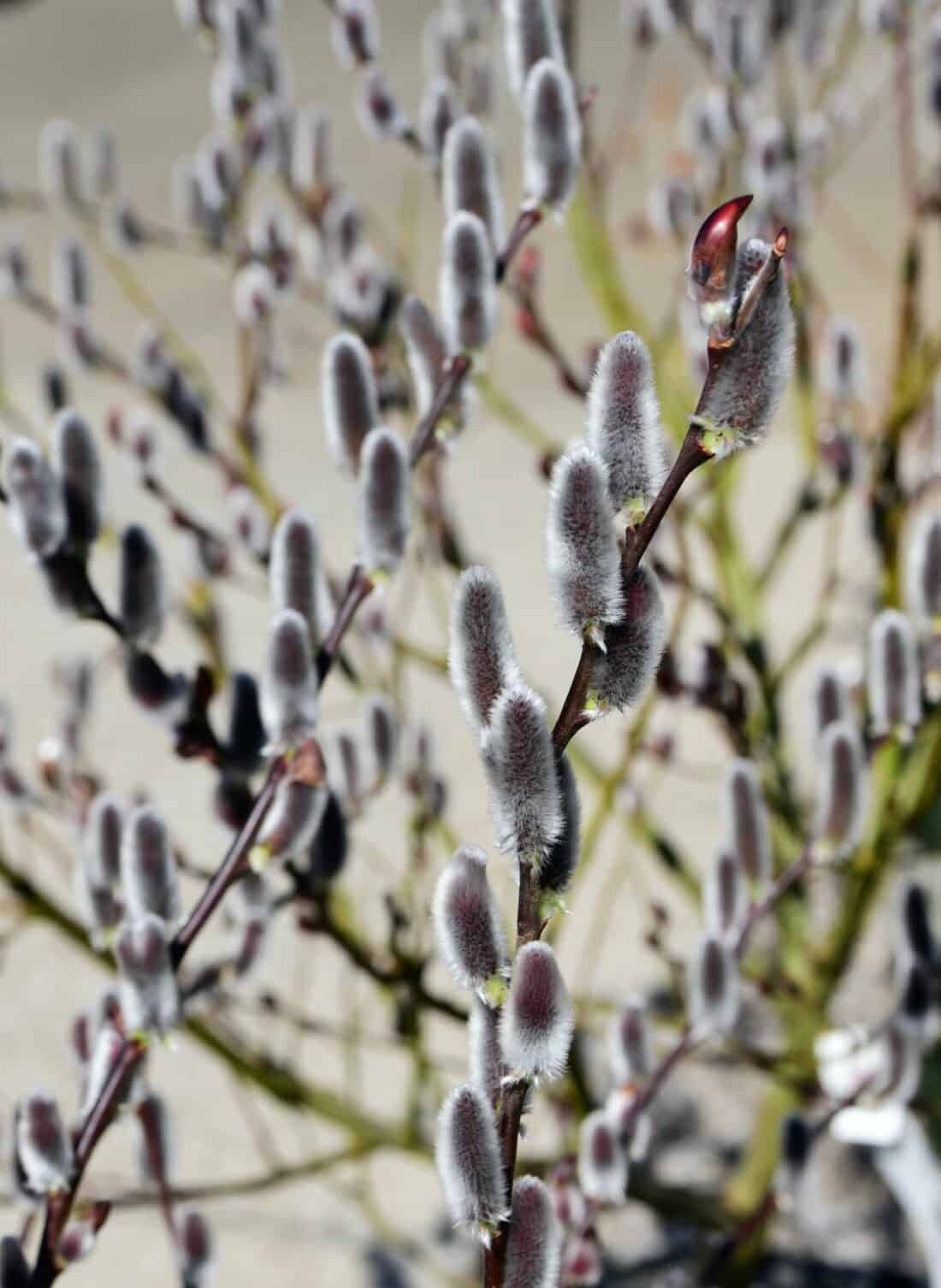
Black Cat Pussy Willow – Salix chaenomeloides
Black Cat™ Pussywillow Salix chaenomeloides – It didn’t survive. I might try salix black cat again – I love the idea of having pussy willows – particularly pretty black ones available, but I don’t have a lot of wet areas. I might have to remedy this before I give them a second chance. (I’m contemplating adding a pond to the garden).
Sweet Emotion Hardy Abelia (Abelia mosanensis)
Sweet Emotion™ Hardy abelia Abelia mosanensis – yeah – this didn’t make it either. I wish it did because I love the scent of these shrubs. I may try it again in another area since this shrub is purported to have particular toughness for cold areas (hardy to zone 4) but since I will have to remove something to make room, it is unlikely to happen in the near future.
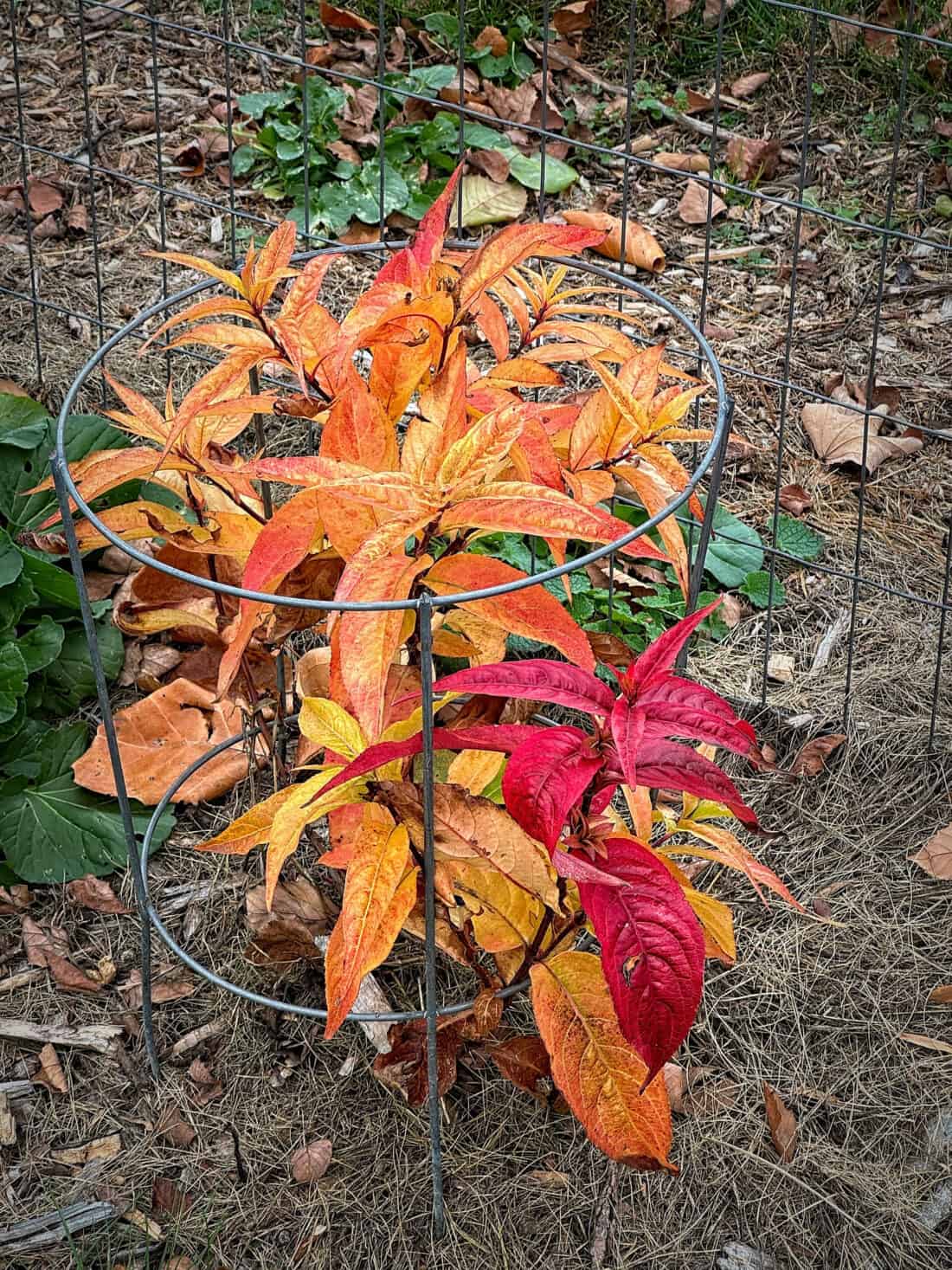
image: F. D. Richards
Kodiak Orange Bush Honeysuckle (Diervilla)
Kodiak™ Orange Bush Honeysuckle Diervilla – This is also a great plant that is absolutely worth it – if you have space. It isn’t a wow moment, but it is a solid workhorse that requires absolutely zero care yet still manages to look great (particularly in the fall when it fades to many shades of pink, yellow and orange) and it is a nativar. The flowers are small – not even something I’d notice, except that the pollinators love them (despite their tiny and inconsequential look).
Lemony Lace Elderberry Sambucus racemosa and Sugar Shack Buttonbush Cephalanthus occidentalis
Neither of the originals still exists in my garden. The original Button Bush survived but never thrived – and then I lost track of it as it dwindled. I suspect it was in a bad area – too dry for it’s needs. I planted a new one last year in a wetter area with richer soil, and I have high hopes. I’ll report back.
Elderberry (Sambucus racemosa – I think) is growing wild on my land – but the lemony lace variety didn’t take. Again, I suspect I had sighted it poorly in an area too dry for it’s needs. It grows wild in damper deeper soils. The bright green foliage of the lemony lace would have been nice – but I am happy to just work with what comes easy so I doubt I will re-try something like this.
Read Also for Cutting Gardens and Great Shrubs:
Images: courtesy of Proven Winners
+comments+